Are Electromagnetic Waves Always Transverse?
In this insight, we shall endeavor in the realm of classical electrodynamics and examine whether EM waves are always transverse. We shall make use of Jefimenko’s equations and Poynting’s Theorem and conclude that
- EM waves are always transverse per the weak definition of transverse where we only require the fields to be perpendicular to the propagation vector
- EM waves are not always transverse per the strong definition of transverse where we also require that the E and B fields are perpendicular to each other
For what follows we’ll assume that the region of interest where we examine the behavior of the fields is in a vacuum. Similar conclusions should hold for regions filled with linear, isotropic nondispersive materials. This is needed so that the Poynting vector equals a nice simplified form.
We also will assume that there are no boundaries that impose special conditions on the fields and can make the direction of propagation not coincide with the direction of the Poynting vector. Such is the case in hollow waveguides.
Table of Contents
1. Fields perpendicular to the direction of propagation
Looking at Jefimenko’s equations which are the general solution to Maxwell’s equations for arbitrary current and charge density functions,
$$\mathbf{E}(\mathbf{r},t)=\frac{1}{4\pi\epsilon_0}\int \left [\frac{\mathbf{r-r’}}{|\mathbf{r-r’}|^3}\rho(\mathbf{r’},t_r)+\frac{\mathbf{r-r’}}{|\mathbf{r-r’}|^2}\frac{1}{c}\frac{\partial\rho(\mathbf{r’},t_r)}{\partial t}-\frac{1}{c^2}\frac{1}{|\mathbf{r-r’}|}\frac{\partial \mathbf{J}(\mathbf{r’},t_r)}{\partial t}\right ]d^3\mathbf{r’}$$
$$\mathbf{B}(\mathbf{r},t)=-\frac{\mu_0}{4\pi}\int \left [ \frac{\mathbf{r-r’}}{|\mathbf{r-r’}|^3}\times\mathbf{J}(\mathbf{r’},t_r)+\frac{\mathbf{r-r’}}{|\mathbf{r-r’}|^2}\frac{1}{c}\times\frac{\partial \mathbf{J}(\mathbf{r’},t_r)}{\partial t}\right ]d^3\mathbf{r’}$$
we can see at first glance that it is almost impossible to make any conclusions regarding the propagation vector of the ##\mathbf{E}## and ##\mathbf{B}## waves. However, Poynting’s theorem comes to our rescue at this point: The usual case in nature is that the direction of propagation of a wave is the direction of propagation (or the direction of flow) of energy that the wave carries. According to Poynting’s theorem the direction of flow of energy for the case of an EM wave is the direction of Poynting vector ##\mathbf{S}=\mathbf{E}\times\mathbf{B}##. It follows from the definition of cross product and properties of the triple product that $$\mathbf{E}\cdot \mathbf{S}=(\mathbf{E}\times\mathbf{E})\cdot \mathbf{B}=0$$ and similarly for ##\mathbf{B}## hence the ##\mathbf{E}## and ##\mathbf{B}## fields are perpendicular to the direction of propagation of wave ##\mathbf{S}##, that is $$\mathbf{E}\perp\mathbf{S}$$ $$\mathbf{B}\perp\mathbf{S}$$ and hence an EM-wave is always transverse in this “weak” sense.
2. Fields perpendicular to each other?
What about the E and B fields, can we prove that they are always perpendicular to each other? Unfortunately, we can’t prove this for the general case and nothing can come to rescue us this time. The reason is that though the integrands in Jefimenko’s equations appear to be perpendicular, for example, the integrand $$\frac{1}{c^2}\frac{1}{|\mathbf{r-r’}|}\frac{\partial \mathbf{J}(\mathbf{r’},t_r)}{\partial t}$$ from the E-field is perpendicular to the integrand $$\frac{\mathbf{r-r’}}{|\mathbf{r-r’}|^2}\frac{1}{c}\times\frac{\partial \mathbf{J}(\mathbf{r’},t_r)}{\partial t}$$ from the B-field, when we perform the integration, the orthogonality might not necessarily hold. This reduces to the fact that the dot product of two vector integrals, is not necessarily equal to the integral of the dot product of the two vectors.
Mathematically if ##\mathbf{A},\mathbf{B}## are two vector fields, such that $$\mathbf{A}\cdot\mathbf{B}=0$$ it is in the general case that $$\int\mathbf{A}dV\cdot\int\mathbf{B}dV\neq \int\mathbf{A}\cdot\mathbf{B}dV=0$$
So what can we say more here? In physics, we often make approximations to simplify things to conclude a situation where things look too complex if left unsimplified. Looking at Jefimenko’s equations once more we see that the common theme is this vector quantity $$\frac{\mathbf{r-r’}}{|\mathbf{r-r’}|^i}$$ which makes the integrals perplexed. What approximation can we do to simplify this?
The answer is that if we choose the origin of our coordinate somewhere inside the sources of current density ##\mathbf{J}## and charge density ##\rho##, we further assume that the current and charge density are finite (that is they occupy a finite volume V, outside of which they are zero), and we choose to evaluate the fields at points ##\mathbf{r}## such that $$|\mathbf{r}|\gg|\mathbf{r’}|, \forall \mathbf{r’}\in V$$ then it is safe to make the approximation $$\frac{\mathbf{r-r’}}{|\mathbf{r-r’}|^i}=\frac{\mathbf{r}}{|\mathbf{r}|^i}$$.
This approximation is therefore valid when we are looking at points ##\mathbf{r}## that are far away from the source (the distance from the source is very big relative to the dimensions of the source). Under this approximation, the integrals in Jefimenko’s equation simplify a lot as we can move the common theme integrands outside of the integrals since the integration is concerning ##\mathbf{r’}##. Therefore we will have :
$$\mathbf{E}(\mathbf{r},t)=\frac{1}{4\pi\epsilon_0}\left [\frac{\mathbf{r}}{|\mathbf{r}|^3}\int \rho(\mathbf{r’},t_r) d^3\mathbf{r’}+\frac{\mathbf{r}}{c|\mathbf{r}|^2}\int\frac{\partial \rho(\mathbf{r’},t_r)}{\partial t} d^3\mathbf{r’}-\frac{1}{c^2|\mathbf{r}|}\int\frac{\partial \mathbf{J}(\mathbf{r’},t_r)}{\partial t}d^3\mathbf{r’}\right ]$$
$$\mathbf{B}(\mathbf{r},t)=-\frac{\mu_0}{4\pi}\left [ \frac{\mathbf{r}}{|\mathbf{r}|^3}\times \int \mathbf{J}(\mathbf{r’},t_r)d^3\mathbf{r’}+\frac{\mathbf{r}}{|\mathbf{r}|^2}\times \int \frac{\partial \mathbf{J}(\mathbf{r’},t_r)}{\partial t}d^3\mathbf{r’}\right ]$$
The fields having this nice simplified form (which we emphasize again that it is an approximation valid only in the “far region”, it’s not valid at all when we are examining the behavior of the fields close to the sources), are now easy to prove that $$\mathbf{E}\cdot\mathbf{B}=0$$, with the additional assumption that taking the time derivative of the current density doesn’t change the direction of the vector quantity, that is that ##\frac{\partial \mathbf{J}}{\partial t}\parallel \mathbf{J}##.
3. Conclusions
We have proved that the fields are always perpendicular to the direction of propagation (which is usually the direction of the Poynting vector, this might not be the case in anisotropic and dispersive mediums), but in the general case are not perpendicular to each other.
However, when we examine the behavior of the fields far away from the sources that generate them, we can also conclude that the fields are perpendicular to each other.
Thus far away from the source that generates it, an EM wave is fully transverse, regardless of the charge and current density that generates it (as long as they are finite).

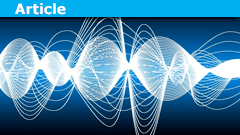
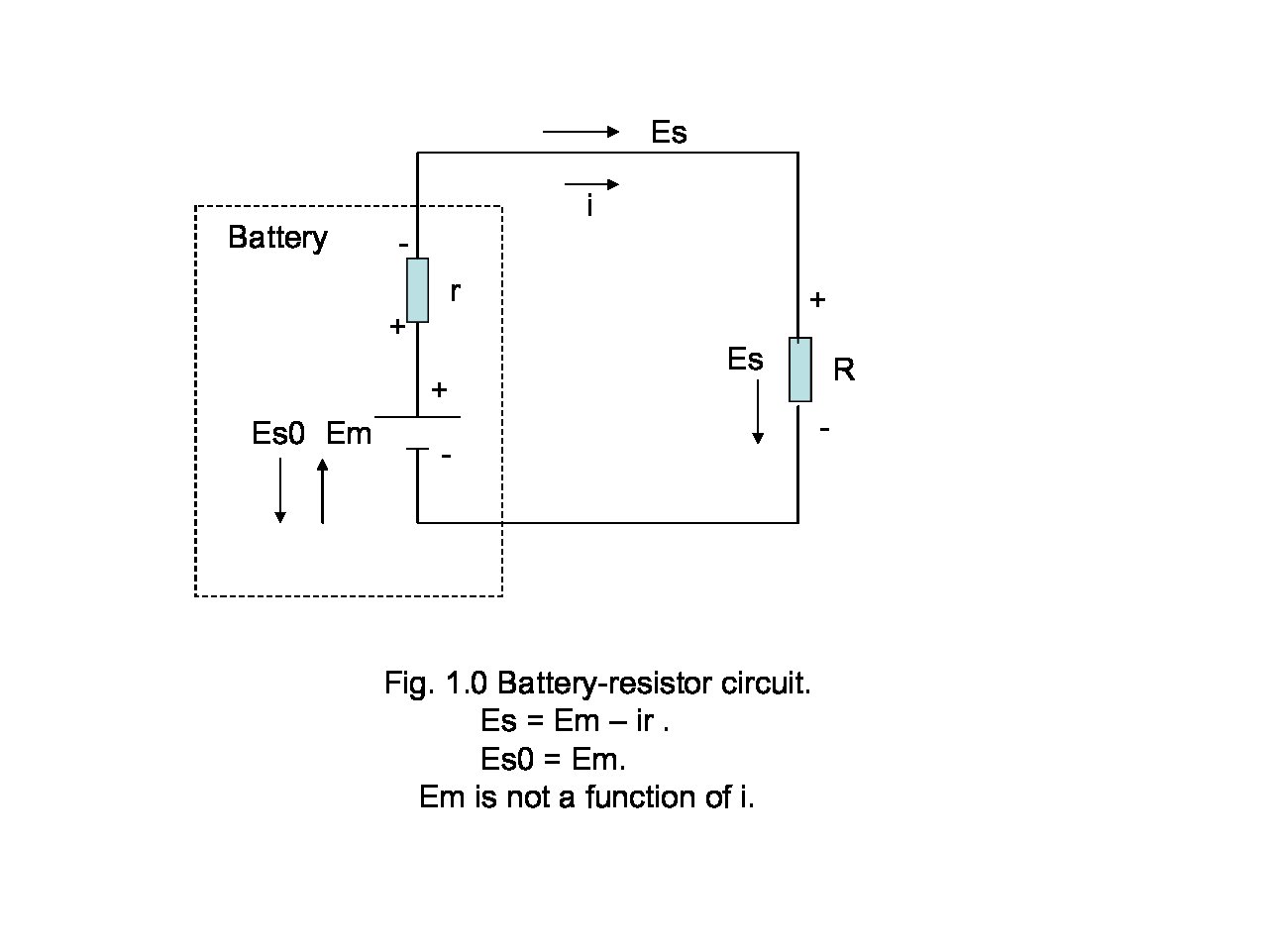

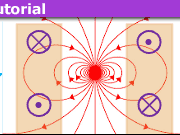
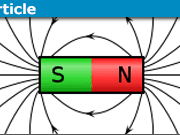
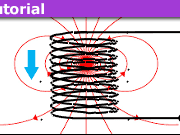



https://doi.org/10.1098/rsta.2009.0207 (open access!)
However given that the medium of propagation is the vacuum (or any linear, isotropic and non dispersive medium where the Poynting vector gets the nice form $$\mathbf{S}=\mathbf{E}\times\mathbf{H}=\mathbf{E}\times\frac{1}{\mu}\mathbf{B}$$) and also given that there are no boundaries (I ll edit the insight and add this condition as @jasonRF notes) then the fields are perpendicular to the direction of propagation, and furthermore in the far region they are perpendicular to each other.
Great article but I believe it should be made more explicit the fact that it refers to a restricted case.
Given the fact that there are many exceptions, the wording ("fields are always perpendicular to the direction of propagation") is misleading. Especially for such students who are too easily inclined to memorize a statement without a care about the conditions of valability of that statement. As the title does not specify any conditions, the answer should be definitely "NO".
"
Yes – when I saw the title I was assuming the answer would be NO… The author lists some of the restrictions at the top of the article, but perhaps could add that they are also assuming there are no boundaries. Delta2 is of course dealing with the most important cast (in my opinion), if not the most general.
Also, in waveguides you can have modes where only the electric or magnetic fields are transverse. For TE mode, there is no electric component in the direction of propagation. For a TM mode, there is no magnetic field in the direction of propagation and for a TEM mode both the E and H fields are transverse, TEM modes cannot be supported in a hollow waveguide. Those are what you get in coax cable.
"
Yes in waveguides there are boundary conditions imposed on the E,B fields that make the direction of propagation different than the direction of the Poynting vector. In this article we assumed that there are no boundary conditions imposed on the fields and that the propagation direction coincides with the direction of energy flow.
I believe in the waveguide case, the Poynting vector has one major component along the direction of propagation, and one smaller component perpendicular to the propagation direction, which represents a small fraction of energy that is trapped between the walls of the waveguide.
https://en.wikipedia.org/wiki/Waves_in_plasmas